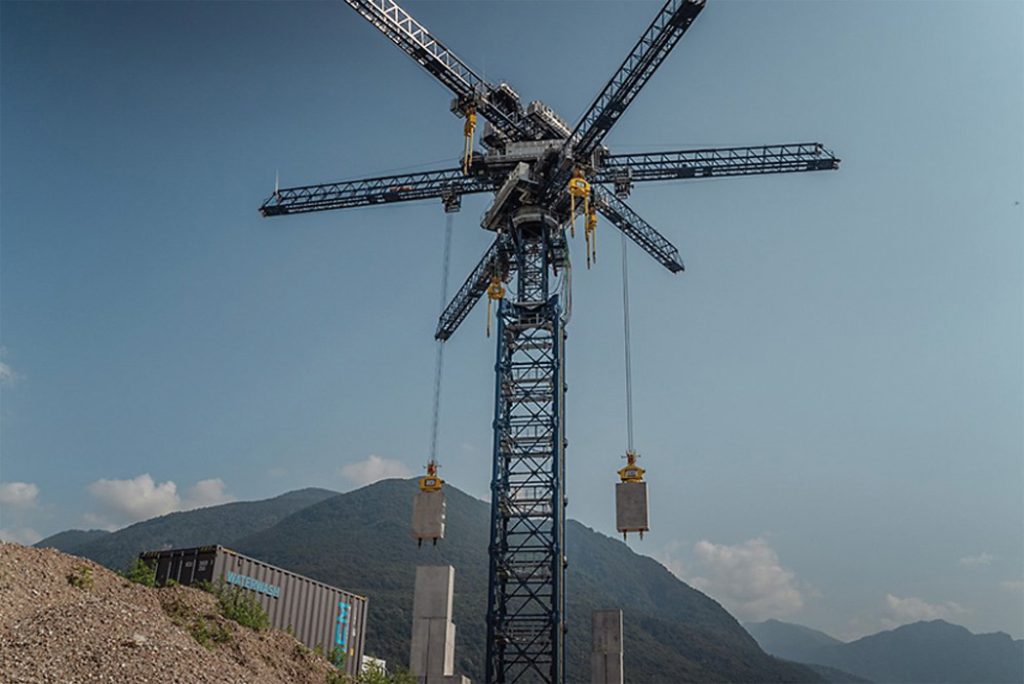
At the beginning of the COVID-19 pandemic, global energy usage declined as transportation and other energy-intensive industries ground to a halt, according to a recent report by the International Energy Agency (IEA). Only one energy source saw an increase in demand—renewables, which saw an increase of 45 percent in 2020, the largest since 1999. Currently, renewables account for 90 percent of new expansion globally. While these are promising figures, the industry still faces one staggering challenge—how can we store renewable energy?
To see why storage poses an issue for renewables, it is important to understand how electricity is generated and supplied to consumers. The electricity “grid” is a network that connects suppliers and generators to the various places where it is needed. Thanks to the work of grid operators, who work to predict when and where electricity demand will be highest, electricity is seamlessly provided when needed. But several components can pose challenges to efficient delivery, such as varying start-up times for generators and unanticipated swings in demand.
The adoption of renewables also poses challenges in these areas. For example, the increased use of solar panels in recent decades has reduced our electricity needs from the grid at noontime, when the sun is at its peak, but once the sun begins to set, there is relatively little time for generators to start up and take over the demand. This can be both costly and inefficient. Challenges can also be seen with the rise of electric vehicles (EVs), which require a lot of electricity and make demand for electricity harder to predict. This is because EVs may need to recharge anywhere at any time, making it difficult to determine where and when these surges will occur.
In general, renewables produce electricity sporadically, making coordination even more difficult. We can’t choose when the wind will blow on wind turbines or when the skies will be clear for maximum solar power. This means that the periods when the most electricity is generated from renewables may not correspond to the periods when demand for electricity is highest.
As a consequence of unpredictability, natural gas—a significant pollutant—is often used to supplement renewable energy sources. Fortunately, another solution is just over the horizon. Engineers far and wide are working to develop batteries that can save the electricity generated by renewables when it is the most abundant, so it can be distributed when demand is highest. Lithium ion, liquid, and gravity battery designs are all underway to solve this issue, but so far they have been expensive and difficult to scale. Research is also being conducted into materials that retain electricity better to send over long distances, as well as methods of converting solar energy into chemical energy to store longer.
Energy Vault, a company founded in 2017, is working on a unique solution to storing renewable energy. It’s developing cranes that can haul bricks to tall heights using excess renewable energy harnessed during the night. When demand for electricity is high, such as in the daytime, the cranes lower the bricks using gravity and generate electricity in the process.
With renewable energy operations quickly growing, we have reached a new frontier in electricity generation. Batteries, chemical solar energy, and massive brick-dropping cranes all offer creative solutions that could help us achieve an entirely renewable grid. The question is whether we can achieve it fast enough.
